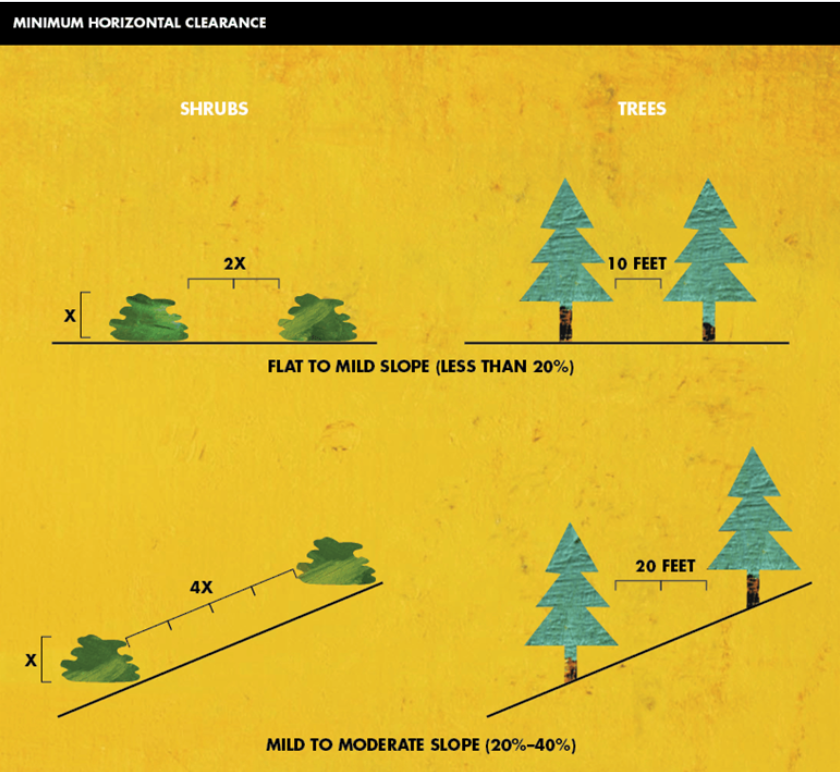Placer Supervisors expand access to defensible space funds for eastern county residents. Click here to see if you qualify.
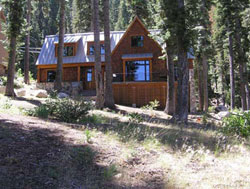

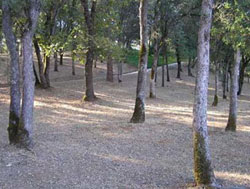
Defensible Space is the buffer an owner creates between their structure(s) on their property and the ground cover, shrubs, trees or any wildland area that surrounds it. This created buffer helps to protect and increase the chance of the building’s survival from a wildfire.
The State of California requires owners of “real property” to maintain defensible space “at all times”. Thus, whether you are a residential/commercial owner or an association, your properties are required to have defensible space.
Every year, the Northstar Fire Department performs inspections between the months of May-October to enforce defensible space compliance. When the Northstar Fire Department performs inspections, we seek to enforce State, County and Local statutes. (To review the various statutes see “Codes and Ordinances”.) From those statutes or ordinances, there are specific requirements required to be met by the property to meet defensible space compliance. For Northstar Community Services District Defensible Space Requirements:
Defensible Space Inspection Items
Home Hardening
Please schedule an inspection of your property prior to the start of any defensible space work. The inspector will go over all items to be completed and will mark trees and vegetation required to be removed. To request for a defensible space inspection, please email Fire Prevention Officer Brandon Olk at bolk@northstarcsd.org
How Thinning the Forest Helps Combat Forest Fires:
Property owners can find a list of Approved Defensible Space Contractors here:
2025_NFD_D-Space_Contractors_List.pdf
Yard Debris/Defensible Space Material Disposal
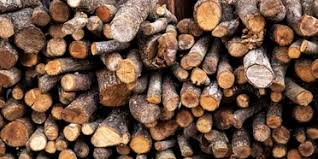
Firewood Storage
Due to state, county, and local fire statutes, firewood, if stored on property has to be stored within strict guidelines. With the continued threat of wildfire we face in the Tahoe Truckee Basin, it is very important that homeowners follow these strict guidelines
You have two options for storing firewood on your property. Failure to comply with one of these two options is in violation of the Health and Safety Codes (13145, 13871, 17995 and 853.6) and may result in a citation and fine to not exceed $1000.00:
- Firewood needs to be stored in an enclosed structure protected from any and all flying embers, or fully covered with a fire retardant tarp (must have CA State Fire Marshal’s stamp of approval or meet NFPA code 701).
- Firewood piles must be stored 30 feet away from ANY structure, and 10 feet away from any brush and trees in order to not convey fire to the surrounding vegetation or structure. Also, you must maintain a minimum 10 feet of ground clearance down to bare mineral soil free of all downed woody material (pine needles, pine cones, leaves, grass, fallen tree limbs, etc…) around firewood piles. You cannot use trees as “bookends” for the firewood piles.
Determining Plant and Tree Spacing
Have you ever wondered how the fire department determines the number of bushes or trees that must be removed from your property?
The spacing between shrubs and trees is crucial to reducing the spread of wildfires. The spacing needed is determined by the type and size of brush and trees, as well as the slope of the land. For example, a property on a steep slope with larger vegetation requires greater spacing between trees and shrubs than a level property that has small, sparse vegetation.
Landscaping at Northstar: Rules & Regulations
Landscaping Plant Guide
Vertical Spacing
Remove all tree branches at least 6-15feet from the ground.
Allow extra vertical space between shrubs and trees. Lack of vertical space can allow a fire to move from the ground to the brush to the treetops like a ladder.
To determine the proper vertical spacing between shrubs and the lowest branches of trees, use the formula below.
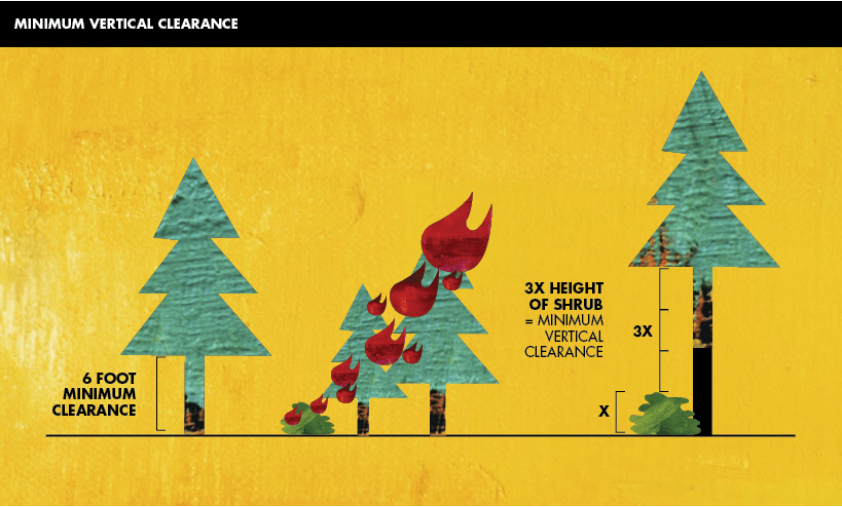
Example: A five foot shrub is growing near a tree. 3×5 = 15 feet of clearance needed between the top of the shrub and the lowest tree branch.
Horizontal Spacing
Horizontal spacing depends on the slope of the land and the height of the shrubs or trees. Check the chart below to determine spacing distance.
